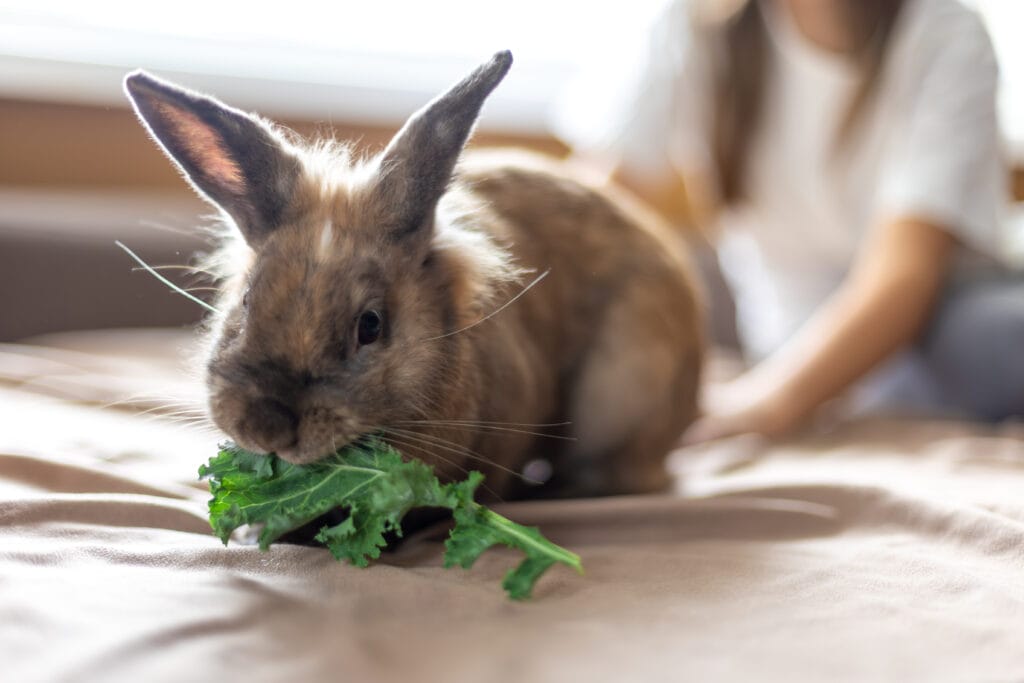As a rabbit owner, you may find that your bunny sometimes displays undesirable behaviors, such as chewing furniture, biting, or running wild. It’s essential to understand how to discipline a rabbit in a way that promotes good behavior without causing harm or stress to your pet.
In this post, we’ll guide you through the most effective and gentle methods for disciplining your rabbit. We’ll also provide practical tips to prevent bad behavior in the future, ensuring your bunny stays happy, healthy, and well-behaved.
Why Discipline Is Important for Your Rabbit
Disciplining your rabbit isn’t about punishment; it’s about guiding them toward good behavior and creating a safe, happy environment for both of you. Without proper discipline, your bunny may develop habits that can lead to stress, anxiety, or even health problems.
Effective discipline helps to:
- Build trust: Positive reinforcement and consistency help your rabbit feel secure in their environment.
- Prevent destructive behaviors: Biting, chewing, and other undesirable behaviors can be prevented with proper training.
- Encourage good habits: Training your bunny to use the litter box or avoid furniture chewing creates a more harmonious living situation.
How to Discipline a Rabbit: Step-by-Step Guide
Disciplining a rabbit involves patience, consistency, and using gentle techniques. Here are some effective methods you can try:
1. Use Positive Reinforcement
- Reward good behavior: When your rabbit does something you like, reward them with a treat, petting, or verbal praise. This encourages them to repeat the good behavior.
- Be consistent: Make sure you reward the same behavior every time it happens. Consistency helps your rabbit understand what’s expected of them.
2. Redirect Negative Behavior
- Distract and redirect: If your bunny is chewing on something they shouldn’t, gently redirect their attention to a toy or chew item that’s safe for them.
- Use gentle verbal cues: A simple “no” or “stop” said in a calm tone can help them understand when they’re doing something wrong. Be sure not to yell or use a harsh voice, as this can frighten your rabbit.
3. Set Up Boundaries
- Create a safe space: If your bunny is prone to chewing or scratching inappropriate areas, set up boundaries using pet-safe barriers or move furniture around to create safe zones.
- Provide alternatives: If your rabbit is chewing furniture or electrical cords, provide chew toys or safe items for them to gnaw on instead.
4. Time Out Method
- Use time-outs for bad behavior: If your rabbit continues to display undesirable behavior, remove them from the situation for a short time (a few minutes). This teaches them that bad behavior leads to isolation.
- Keep it calm: Never lock your rabbit in a cage as a punishment, as it can cause anxiety. Instead, place them in a neutral area where they can calm down.
5. Teach Litter Box Training
- Reward successful use of the litter box: Rabbits are naturally clean animals, and teaching them to use the litter box is an important part of discipline.
- Be patient: If your rabbit has accidents, gently place them in the litter box and reward them when they use it. Over time, they will get the hang of it.
Things to Avoid When Disciplining Your Rabbit
While it’s important to correct bad behavior, there are certain methods you should never use when disciplining your rabbit:
- No physical punishment: Rabbits are sensitive animals, and any physical punishment can cause trauma or fear.
- Avoid yelling: Loud voices can frighten your bunny and damage the trust between you.
- Don’t use water sprays: Some owners use water sprays to stop bad behavior, but this can cause your rabbit to become fearful of you, making training more difficult.
Conclusion: Discipline with Love and Patience
Disciplining your rabbit doesn’t have to be difficult, and it shouldn’t involve punishment. By using positive reinforcement, gentle redirection, and setting clear boundaries, you can train your bunny to behave well and live harmoniously in your home.
Remember, consistency and patience are key. With time, your bunny will learn to understand what’s expected of them, leading to a happier and more well-behaved pet.


